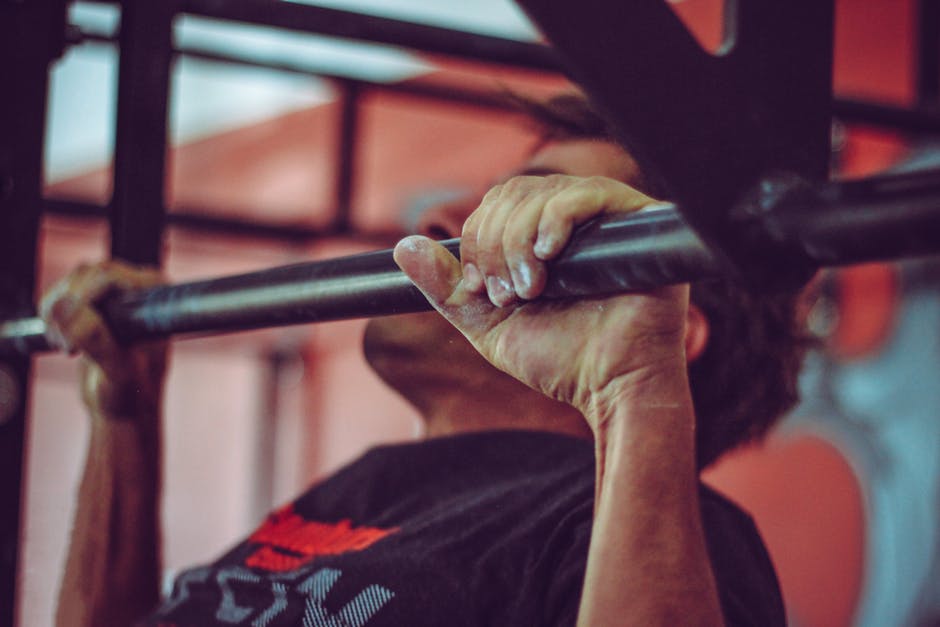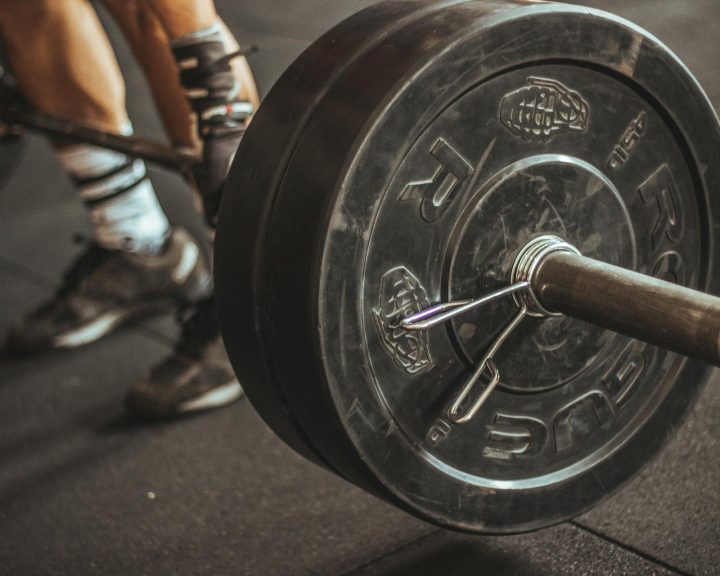Metabolic conditioning is a major focus of strength and conditioning programs today. This is a lot different than when I started in this field, when the focus was primarily on basic strength moves and the Olympic lifts. This has evolved and become a great deal more sophisticated over the years and has crossed into the mainstream with CrossFit. I’m actually co-authoring a book along with Jay Dawes on this subject.
As many of the practitioners know, metabolic conditioning is done using a variety of tools and approaches. These include sprints, small sided games, kettlebells, suspension training, bodyweight exercises, circuit training with weights, heavy ropes, strongman training, and sleds to name a few. At the elite level, the work:rest intervals and intensities/velocities can be determined very precisely using heart rate monitors, video analysis, and GPS technology. For example, what athlete’s actually do in a game situation can be analyzed and then conditioning training can be put together to duplicate those demands.
Delextrat and Martinez, in the latest issue of the International Journal of Sports Medicine examine the effectiveness of repeated sprints versus small-sided games on basketball players. The authors studied under 17-year old basketball players. The athletes were pre-tested on basketball specific tests to estimate aerobic capacity, anaerobic fitness, defensive agility, offensive agility, sprinting speed, lower body power, upper body power, and basketball skills.
After testing, the athletes were divided into either a high-intensity interval training (HIT) group or a small-sided games (SSG) group and trained twice a week for six weeks. The HIT consisted of high-intensity sprints interspersed with jogs for recovery. The SSG consisted of 2v2 games using the full-court’s length and half its width. The training was programmed to become more difficult over the six week study.
At the end of the study, both approaches to training resulted in similar improvements to estimated aerobic capacity. However, the SSG resulted in better improvements to defensive agility, shooting, lower body power, and upper body power. The authors note that repeated sprint ability was not improved by either approach to training, however.
In the context of this study, the SSG seems superior for in-season training if the desire is to develop aerobic fitness for basketball. It may be superior to other approaches given the in-season time constraints and the tool’s ability to multi-task (i.e. fitness plus basketball skills). However, it needs to be cautioned that it may not be adequate to enhance repeated sprinting ability.
Interestingly, Jay Hoffman et al have a short review on this topic in the latest issue of the International Journal of Sports Physiology and Performance. In their review of HIT literature, they primarily focus on cycling as a HIT tool, which is because the majority of the research on this is using cycling. Even though we practice HIT with lots of cool tools, there is no research on this out there. The authors note that HIT involves a reduced training volume (compared to long slow distance training) which allows for fitness to be maintained during periods where there are time constraints. However, they also caution that HIT takes a long time to recover from.
The authors discussed repeated sprint ability (RSA) and its importance to many sports. The controversy on this topic is the importance of aerobic conditioning. We use aerobic energy systems to recovery from high intensity anaerobic work, so in theory a higher level of aerobic fitness would mean a better ability to recover from high intensity sprints. The authors recommend a combination of sprints, strength training, and HIT to address RSA. The idea being that sprints are activity specific, strength leads to better sprinting performance, and HIT can address the aerobic conditioning.
The authors end the article by discussing SSGs. Their findings essentially support the Delxtrat and Martinez study by showing that SSGs can develop sports skills and elicit the same benefits as HIT training. Having said that, the research on this topic is all over the place due to the wide variability possible in terms of training intensity and times. Like every other mode of exercise, the manner in which SSGs are programmed will determine the adaptations that they elicit.
References:
Delextrat, A. and Martinez, A. (2014). Small-sided game training improves aerobic capacity and technical skills in basketball players. International Journal of Sports Medicine, 35, 385-391.
Hoffman, J.J., Reed, J.P., Leiting, K., Chiang, C-Y., and Stone, M.H. (2014). Repeated sprints, high-intensity interval training, small-sided games: Theory and application to field sports. International Journal of Sports Physiology and Performance, 9, 352-357.



